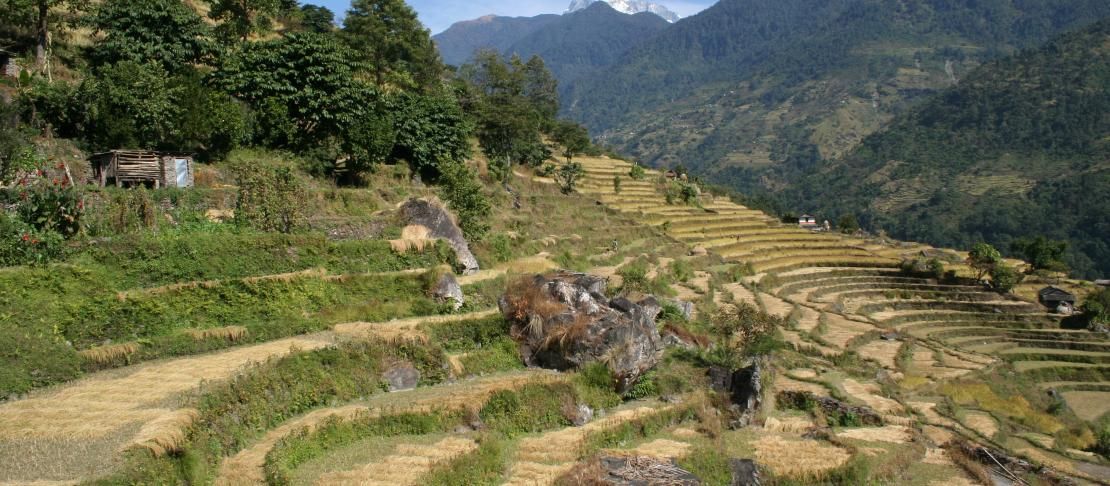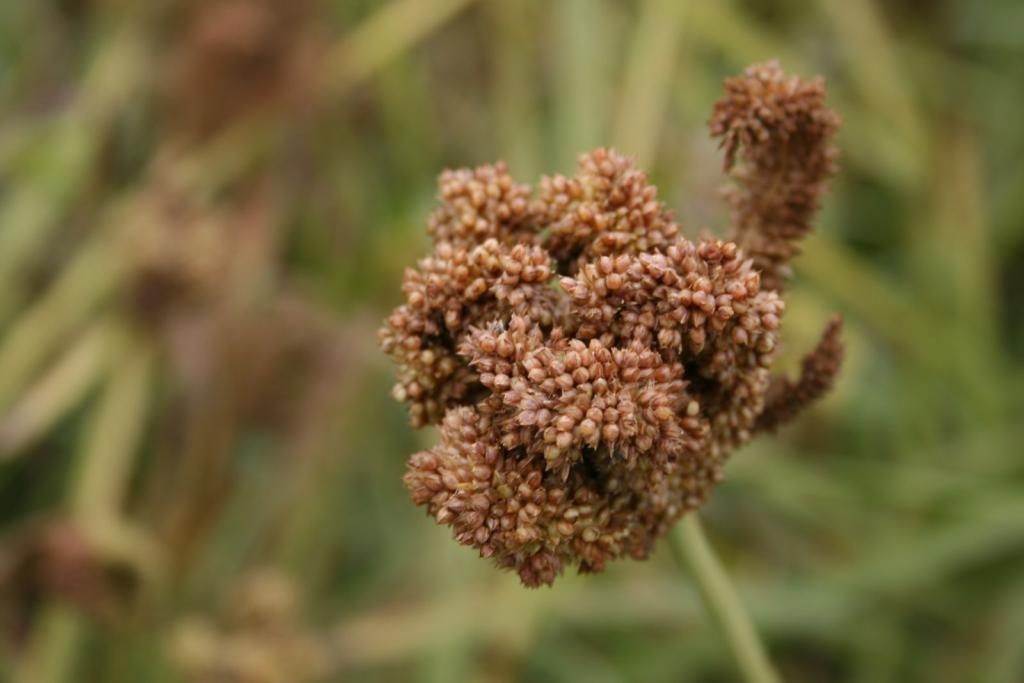Climate change impacts and adaptation: Story from my Nepalese village

Madan Poudel, a youth agriculture activist and student from Nepal, is feeling the heat in his village. This is his personal story on how climate change is affecting his community, and how farmers are trying to adapt to an increasingly variable climate.
Agriculture has always been the art of managing uncertainties and adapting to changing scenarios especially on the smallholder farms in Nepal. Syangja, where I was born, is mountainous district characterized by steep slopes, deeply dissected by rivers and streams.
Farming communities comprise a high percentage of low income households solely reliant on natural resources and agriculture for their livelihood.
This story won the CCAFS open blog competition for the South Asia region.
Madan Poudel is making a difference to food and farming in his country by getting an education in agriculture to better support his community members to adapt to climate change and leading the Agricultural Youth in Nepal network, gathering youths to jointly develop agriculture in the country.
I belong to an agrarian family where farming had been followed by many of my ancestors and is still a major source of income. I have to go to my village to help my parents with cultivating and harvesting rice and other field crops. Beside field crops my district is famous for citrus, coffee and ginger production.
I am currently pursuing my graduation in agriculture. When I started my Bachelor’s level study I became more aware about climate change issues. It became vivid to me that there were lots of changes in Nepal and the agriculture sector, created by a changing climate.
When I ask my grandparents about the timing of cultivating rice, they replied to me that the timing of planting crops is now shifting with onset of rainfall. Whenever I go to the village and have discussions with the villagers about agriculture practices, I feel different scenarios of climate change and its impacts in agriculture.

MAdan is seeing how farmers are switching from rice planting to less water demanding crops, such as finger millets. Photo: Doll Damned
Increasingly variable climate calls for adaptation
There is decreasing frequency but increasing intensity of rainfall during summer while delays or complete absence of rain in the winter. The mountainous regions suffer from high exposure of natural disasters such as floods and landslides, erratic rainfall patterns, prolonged drought and hailstorms.
Farming in very difficult conditions, often with small fragmented land holdings and no proper irrigation forced farmers to become dependent on rainfall and precipitation for agriculture practices.
On top of that, we are seeing how crop production is changing. Oranges are ripening in October, when in previous years, it used to be December. Mustard was successfully sown in late September but now it needs to be planted in early- to mid-September to produce the same yield.
To cope with a changing climate, farmers are beginning to substitute rice crop in khet land (irrigated) with crops that are less water demanding, such as finger millets and wheat.

Finger millet. An underutilized crop increasing in use among farmers in NePal.
There are other adaptation activities being carried out by local farmers to increase productivity of crops and mitigate against the climate change impacts. Mixing cropping system is being introduced to reduce the risk of complete crop failure due to drought or untimely heavy rainfall. For example maize with beans, coffee and citrus, grass and cardamom being planted at the edge of terrace field to stabilize the soil and reduce risk of soil erosion and land slides.

intercropped maize and cassava. Photo: IITA
madan describes how farmers in nepal are turning to mixed cropping systems too, to reduce soil eosion and improve crop productivity.
Youth clubs, women’s groups, community groups along with District Development Committees have been working to achieve mitigation and adaptation of climate change impacts through awareness programs like local seed saving programs, community forest program and women empowerment programs.
Women and elders left to farm as others seek opportunities elsewhere
When I was studying in primary school, there were lots of villagers engaged in farming, but the scenario is quite different now. Women, children, the elderly and a few youths are left behind as the rest of the villagers leave to seek better opportunities in cities and foreign countries.
This even changed the landscape of my village, where agricultural land is being turned into barren and forrested areas.
Women are more vulnerable to climate change impacts. A plan of action should focus for mitigation and adaptation measures building their capacity to combat climate change impacts.
A call to action for Nepal's farmers
For now, farmers of mid hills in Nepal must take the lead. They are on the front line. They make everyday observation and their lives and livelihood of their families are completely dependent on farming. There are plenty of challenges ahead. To cope with climate change impacts a concrete plan of action with input from the farmers is very necessary.
Disclaimer: This story does not reflect the views of the CGIAR Research Program on Climate Change, Agriculture and Food Security (CCAFS)
Learn more about CCAFS activities in South Asia.
Read all the winning stories from CCAFS open blog competition


